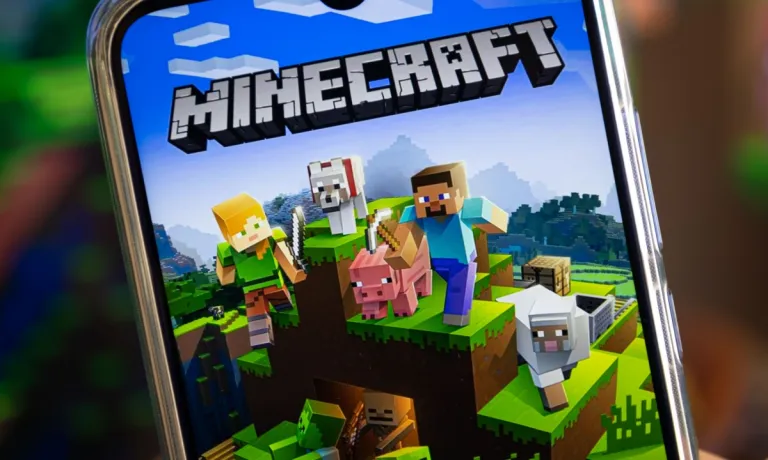Artificial intelligence aids researchers in deciphering ancient scrolls preserved since the eruption of Vesuvius in AD 79.
- billy4340
- Feb 6, 2024
- 2 min read
In a groundbreaking development, researchers, supported by artificial intelligence, are unraveling the mysteries concealed within charred scrolls from the devastating eruption of Mount Vesuvius in AD79. This significant stride in the realm of archaeology has opened a window into ancient Roman times, offering scholars a newfound understanding of a bygone era.
The story unfolds in Herculaneum, where hundreds of papyrus scrolls, once housed in the library of a lavish Roman villa, succumbed to the intense blast of heat, ash, and pumice during the catastrophic event that obliterated nearby Pompeii. Despite the Herculean efforts of 18th-century excavators, over 1,000 scrolls were recovered, only to remain shrouded in mystery. The blackened ink rendered the carbonized papyri unreadable, and attempts to unfold the scrolls resulted in their disintegration.
Enter the Vesuvius Challenge, a visionary initiative launched in 2023 by computer scientist Brent Seales from the University of Kentucky, in collaboration with Silicon Valley backers. This competition aimed to extract text from high-resolution CT scans of a scroll, providing a unique opportunity to transcend the limitations of traditional methods.
In a triumphant announcement, Nat Friedman, a prominent US tech executive and founding sponsor of the challenge, revealed that a trio of computer-savvy students—Youssef Nader in Germany, Luke Farritor in the US, and Julian Schilliger in Switzerland—successfully claimed the $700,000 grand prize. Their achievement involved deciphering more than 2,000 Greek letters from the enigmatic scroll.
Papyrologists and scholars worldwide were astounded by this remarkable feat. Robert Fowler, emeritus professor of Greek at Bristol University and chair of the Herculaneum Society, declared, "This is a complete gamechanger," highlighting the vast potential awaiting exploration within the troves of yet-to-be-read scrolls.
Dr. Federica Nicolardi, a papyrologist at the University of Naples Federico II, expressed enthusiasm, stating, "This is the start of a revolution in Herculaneum papyrology and in Greek philosophy in general. It is the only library to come to us from ancient Roman times."
Brent Seales, who led the charge in reading the scrolls by virtually unwrapping CT images and training AI algorithms to detect ink presence, envisions a new era. He plans to develop a portable CT scanner, allowing for non-invasive imaging of scrolls in their collections.
The winning team's journey involved identifying ancient Greek words, such as the word for "purple," and employing algorithms to automatically unwrap CT images. The scrolls, once indecipherable, now offer insights into the musings of ancient philosophers. The scroll in question, believed to be the work of Philodemus, explores sources of pleasure, delving into aspects like music, food, and the interplay of dominant and scarce elements.
As the Vesuvius Challenge continues into the next phase, aiming to read 85% of the scroll and laying the groundwork for decoding all previously excavated scrolls, the potential for further discoveries becomes increasingly tantalizing. The application of this technology extends beyond Herculaneum, with possibilities of unveiling hidden narratives in papyrus wrapped around Egyptian mummies, shedding light on the lives of ancient Egyptians.
In the words of Nat Friedman, the driving force behind the challenge, "You know, people say money can’t buy happiness, but they have no imagination. This has been pure joy. It’s magical what happened; it couldn’t have been scripted better." The intersection of artificial intelligence and archaeology continues to unveil the secrets of the past, promising a future rich with historical revelations.




Comments